Wearable fitness and medical devices are becoming an integral part of personal fitness programs and health care delivery. These devices measure a broad range of vital signs, deliver medication, store/transmit data and sync with smartphones, tablets, PCs and home-health hubs. Wearable devices can include many combinations of sensors, actuators, storage and encryption depending on the needs of the user or patient.
The constant struggle to achieve low-power, low-cost and high-performance designs makes the job of the medical or fitness device designer difficult. Our products address this challenge with extreme low-power capability, effortless connectivity, intelligent analog integration, higher processing power with reduced code size, solid security/authentication capability and innovative touch and input-sensing solutions. Our broad portfolio of products and solutions gives designers what they need to create the next generation of wearable devices, including activity trackers, ambulatory ECG recorders, continuous glucose monitors and others that haven’t even been thought about yet.

Explore Our Demos
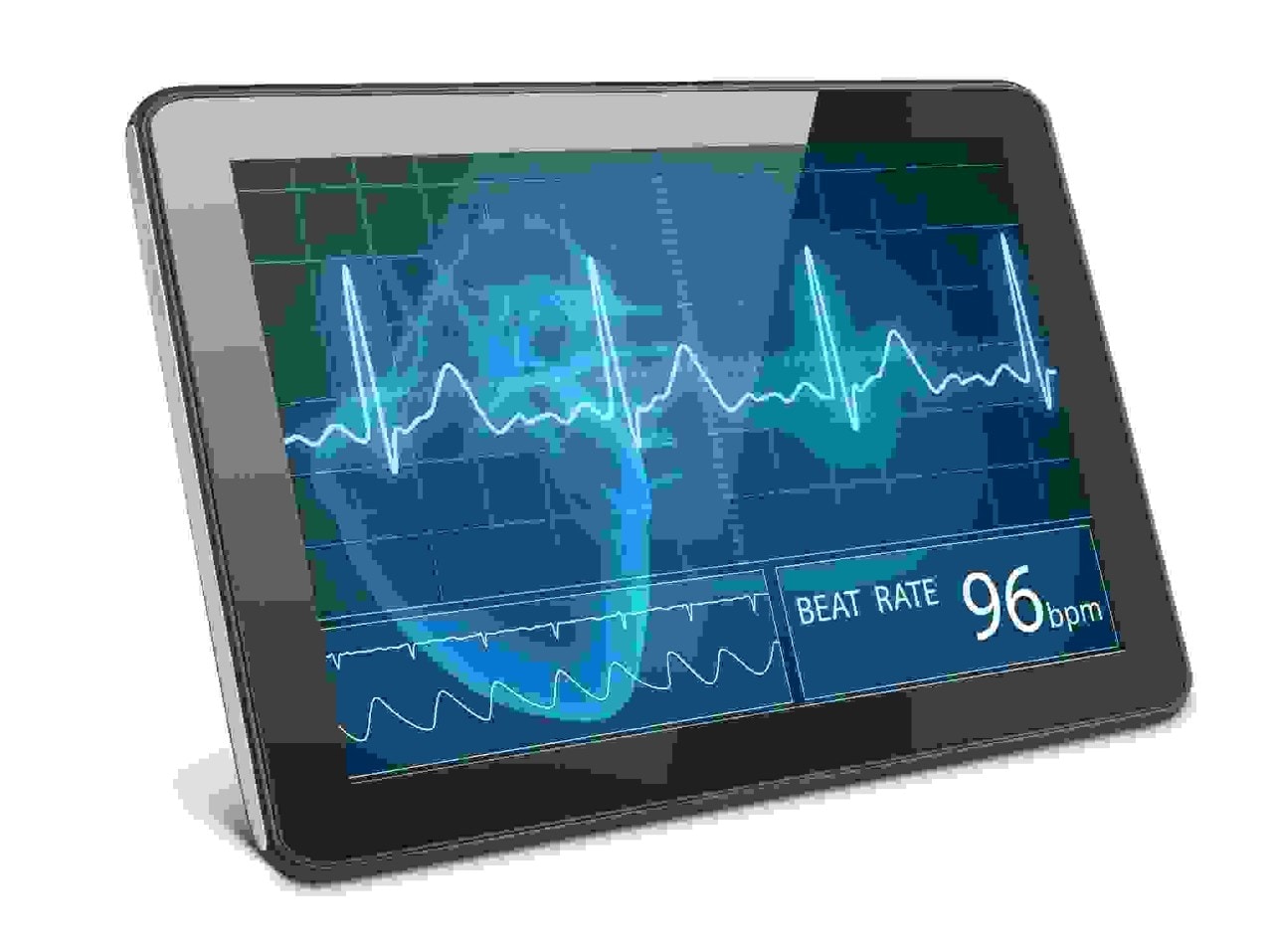
Connected, Secure and Wearable Electrocardiogram (ECG) Demo Design Files
Check out the design files for a connected, secure and wearable electrocardiogram (ECG) demo.
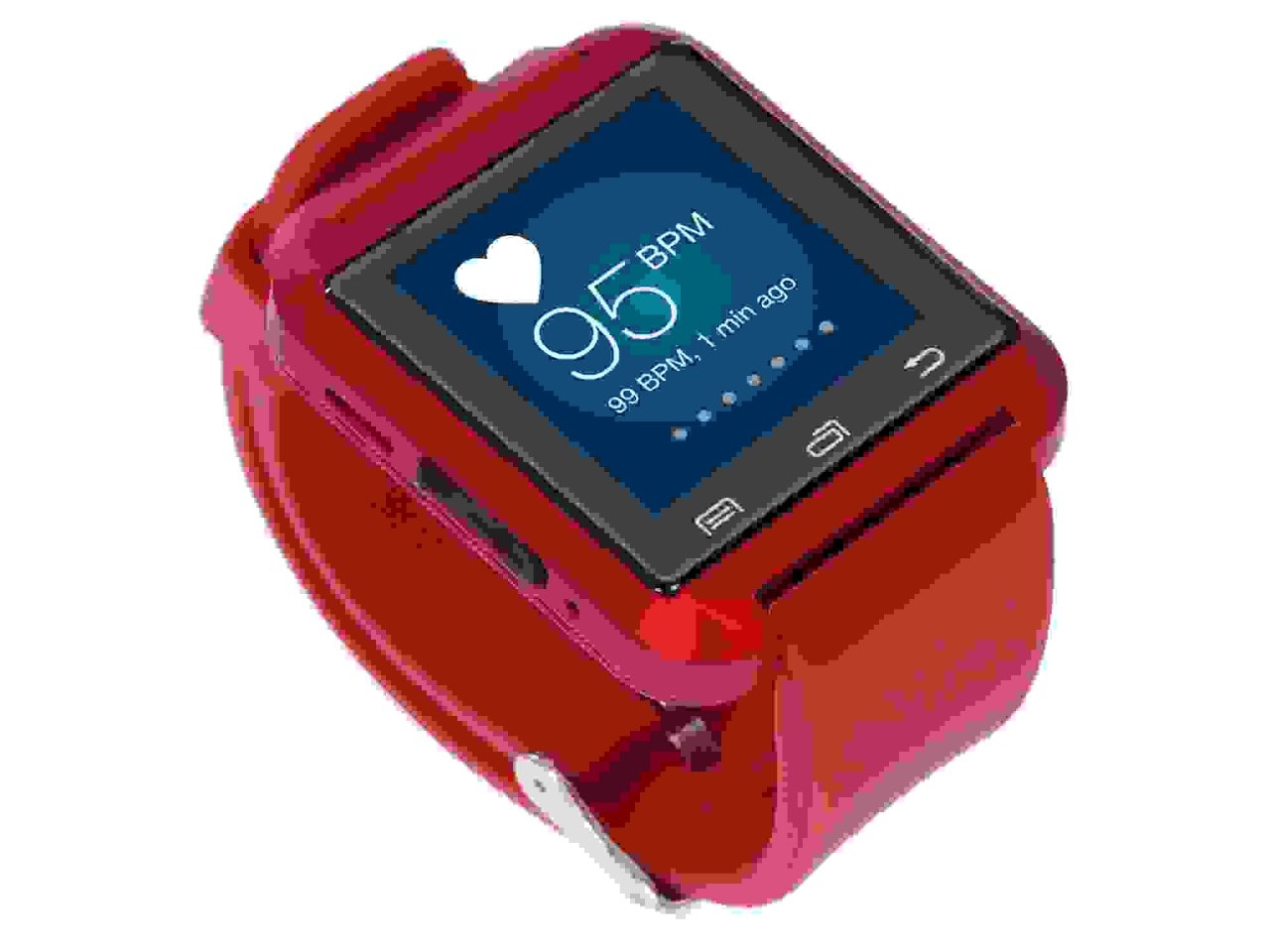
Single-Chip Wearable Heart Rate Monitor Demo Design Files
Check out the design files for a single-chip wearable heart rate monitor demo.
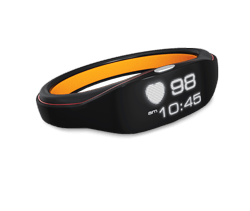
ULP Connected Wearable Activity Monitor Demo Design Files
Check out the design files for a ULP connected wearable activity monitor demo.
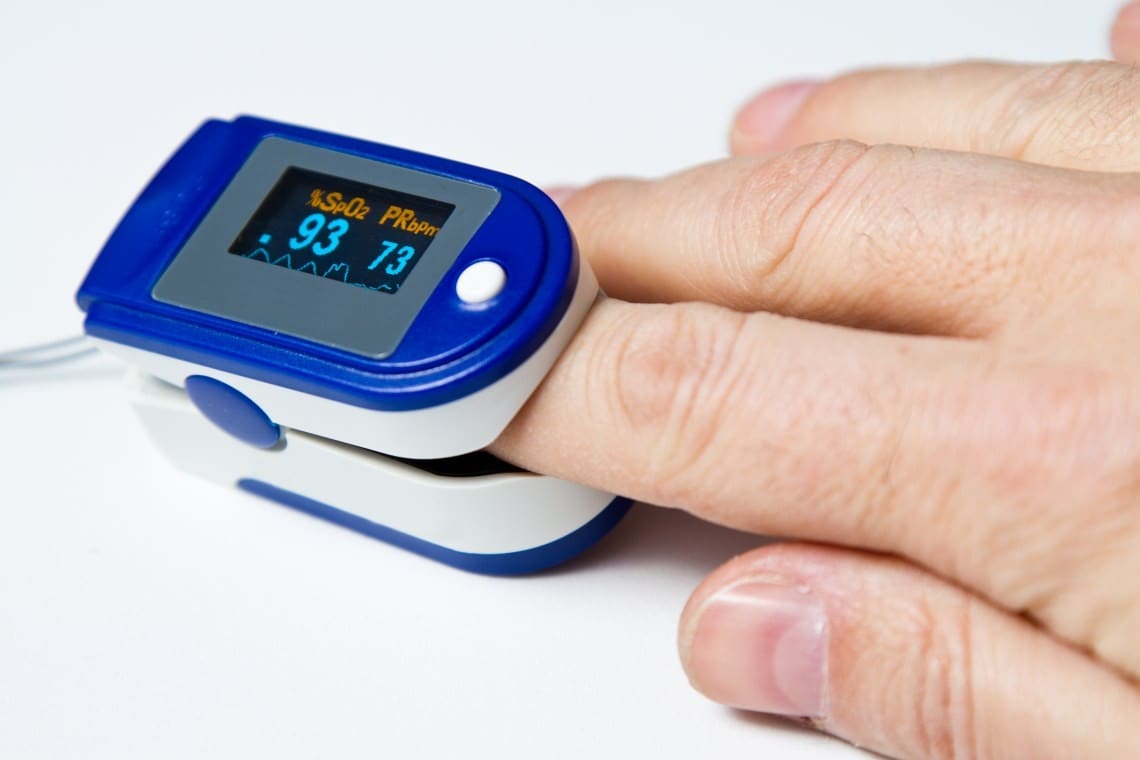
Cloud-Connected Pulse Oximeter Demo Design Files
Check out the design files for a Cloud-connected pulse oximeter demo.
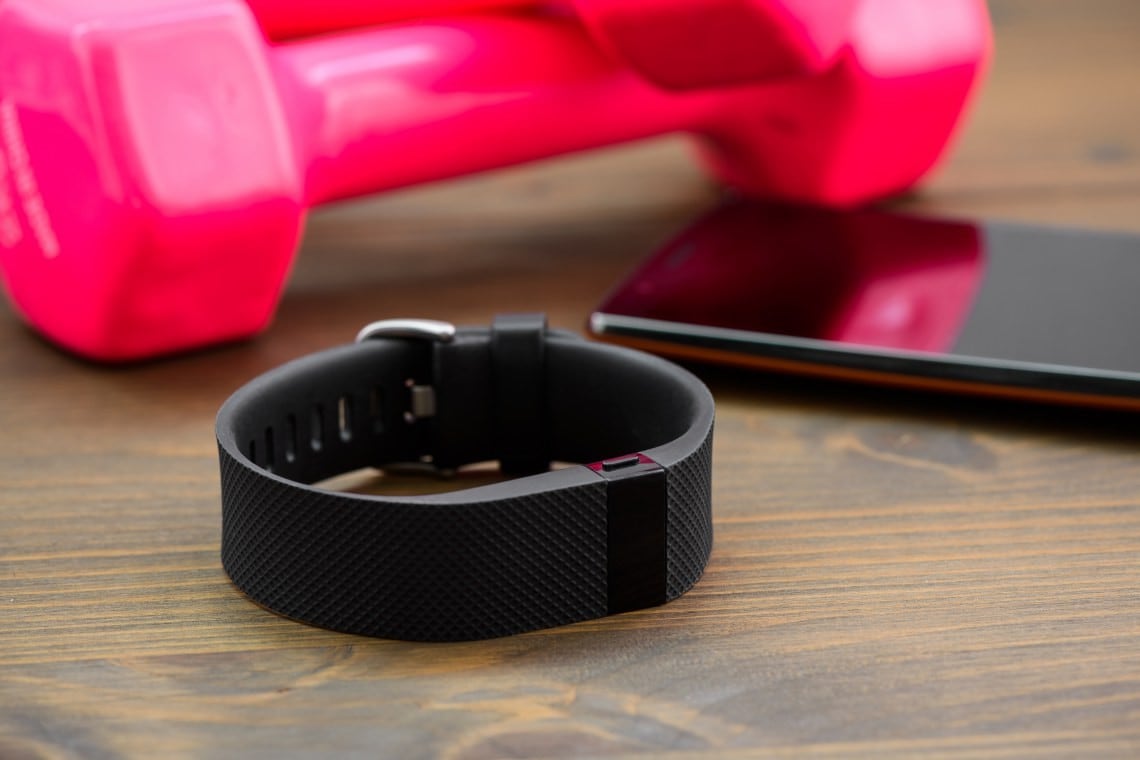
Pedometer/Low-Cost Activity Monitor Demo Design Files
Check out the design files for a pedometer/low-cost activity monitor demo.
We Have What Wearable Device Designers Need
Low Power: Take it to the Extreme for Wearable Designs
Low power is a key factor in the design of wearable devices. Microcontollers (MCUs) with low-run currents, multiple low-power sleep modes, flexible wake-up sources and intelligent power management are critical to the success of these designs. Reduced product power consumption enables wearable monitors to use smaller batteries, run longer between re-charging and offer an overall smaller product footprint. Our portfolio of eXtreme Low-Power (XLP) technology PIC® MCUs feature sleep currents as low as 9 nA and run currents down to 30 μA/MHz.
Touch and Input Sensing: Limitless Possibilities
Imagine a wristband that can:
- Detect a wave of your hand or even more complex gestures and send commands to your phone, computer or car based on these gestures
- Change the content of your wearable screen with a tap, flick or a wave
- Adjust the timer for your workout or view and organize your measured healthcare data with simple, intuitive gestures
Our innovative and patented touch- and input-sensing technologies provide this and much more. Wearable devices depend on intelligent power management to maximize battery life while maintaining a stylish, modern look for functionality. Our 1D, 2D and 3D electronics solutions utilize industry-leading low-power technology, enabling optimal performance for a wide variety of use cases.
Digital Security and Authentication: Stop the Threat
In a connected world, a wearable device must be protected from the threat of data interception or unauthorized control. We can simplify and accelerate the development of secure healthcare devices with our high-performance, cost-effective security and authentication products, software libraries, development tools, as well as PIC® MCUs with an integrated hardware crypto engine.
Wireless Connectivity: Easy, Low-Power, Design Done
Wireless connectivity allows wearable devices to interface with smartphones, tablets, PCs and other intelligent healthcare devices but designing wireless connectivity into wearable devices can be a formidable challenge. Radio Frequency (RF) circuit design, antenna design and government regulatory approvals are common sources of major time and cost overruns. Agency-certified, Bluetooth®, Bluetooth Low Energy and Wi-Fi® modules offer significant time and cost savings in RF design and regulatory approval. Our full range of these and other wireless modules gives you the ability to quickly develop wireless solutions that connect to smartphones, tablets, PCs and ultimately to the cloud.
Core Independent Peripherals: A Paradigm Shift in MCU Performance
New medical and fitness designs must support an increase in functional integration, as well as offer a reduction in overall power consumption, cost, and physical footprint. These cost-sensitive embedded designs require a move away from the traditional path of needing more and more MIPS, bytes and megahertz. They need a paradigm shift into the era of function enablement.
We are leading the way in adding functionality and flexibility to embedded designs. Our PIC® and AVR® microcontrollers (MCUs) with Core Independent Peripherals incorporate on-chip peripherals that can operate without supervision from the Central Processing Unit (CPU) and are able to communicate directly with other peripherals to create flexible feedback loops. These peripherals deliver blocks of function-specific hardware intelligence that require little to no code, consume very little power and require much less RAM and Flash to implement a given function within the MCU. Our integrated solutions enable flexible, power-efficient designs with the capability to perform the same tasks as much larger and more expensive MCUs without the added cost.
MCUs with Analog Integration: Reduce Design Time, Reduce Cost, Increase Analog Capability
Analog design for medical and fitness devices tends to be difficult and can consume precious development time. Our intelligent PIC, AVR and SAM MCUs integrate analog functions such as high-performance Analog-to-Digital Converters (ADCs), Digital-to-Analog Converters (DACs), op amps, analog switch matrixes and voltage references to provide simple-to-use interfaces that ease analog design.
System Diagram
Products
Microcontrollers
Signal Conditioning and Power Management
Wireless
Other Products
Application Notes
|
Title
|
|
|---|---|
| ULP Connected Wearable Activity Monitor | Download |
| AN951 - Amplifying High-Impedence Sensors Photodiode Example | Download |
| AN1906 - Bluetooth Low Energy Digital Pedometer Demo Design | Download |
| AN1661 - Sensor Calibration on SSC7102 Bosch Sensor Fusion Solution for Windows 8 | Download |
| AN1525 - Pulse Oximeter Design Using Microchip's Analog Devices and dsPIC Digital Signal Controllers (DSCs) | Download |
| AN1494 - Using MCP6491 Op Amps for Photodetection Applications | Download |
| AN1260 - Li-Ion/Li-Poly Battery Charge and System Load Sharing Management Design Guide With MCP73871 | Download |
| AN1416 - Low-Power Design Guide | Download |
| TB1098 - Low-Power Techniques for LCD Applications | Download |
| ATULPC-DEMO User Guide | Download |
| AN990 - Analog Sensor Conditioning Circuits - An Overview | Download |
Medical Video Channel
Wearable Activity Monitor Design Solutions
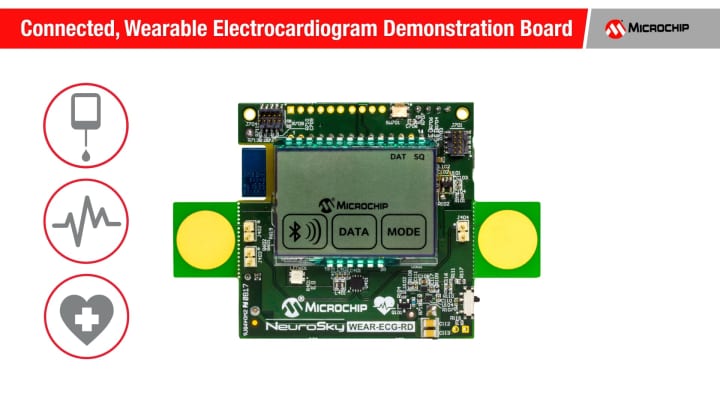
Connected, Secure, and Wearable Electrocardiogram (ECG) Demonstration Video
Connected, Secure, and Wearable Electrocardiogram (ECG) Demonstration Video
As medical remote patient monitoring becomes more important, the need for wearable ECG capability has become critical. Microchip’s Connected, Wearable ECG Demonstration Board can be used in the design of advanced fitness tracking devices and can also be designed into medical wearable remote patient monitoring and diagnostic systems.

Wearable Heart Rate Monitor Demo
Wearable Heart Rate Monitor Demo

Ultra Low-Power (ULP) Connected, Wearable Activity Monitor Demo
Ultra Low-Power (ULP) Connected, Wearable Activity Monitor Demo
High-end wearable activity trackers can take step count, temperature, light and other movement and environment measurements. They are not only being used for fitness applications but are becoming an essential part of medical device design. Microchip’s Ultra Low-Power or ULP Connected, Wearable Activity Monitor Demonstration Board can be used as the starting point for the design of medical home monitoring, patient tracking and drug delivery compliance devices.
For more information, please visit:
https://www.microchip.com/en-us/solutions/medical

Microchip's Wearable Bluetooth® Low Energy Pedometer Demonstration Board
Microchip’s wearable Bluetooth Low Energy pedometer reference design demo helps designers develop a low-cost, low-power, wearable pedometer with both an on-board LED display as well as Bluetooth Low Energy capability to connect to smartphones and tablets. This demo board can be used as a basic wearable step count activity tracker design, but it can also be used as a development platform for the design of more advanced activity tracker functions such as distance traveled or calories burned. Also, additional biometric measurement capability can be added using other Microchip medical reference demo designs.

Microchip’s Connected Thermometer Demonstration
Microchip’s Connected Thermometer Demonstration
Microchip's Connected Thermometer Board demonstrates the implementation of a Bluetooth®-connected digital thermometer using Microchip's PIC16F1519 MCU and RN42 Bluetooth Module. The PIC16F1519 MCU is an eXtreme Low Power (XLP), cost-effective 8-bit microcontroller with an integrated capacitive touch sensing module. Connectivity is demonstrated on this board by the use of Microchip's fully qualified RN42 Bluetooth2.1 + EDR Module. This demo design can also be easily implemented using any of Microchip's Bluetooth Low Energy or Wi-Fi® connectivity modules.

Microchip’s Connected Weight Scale Demonstration
Microchip’s Connected Weight Scale Demonstration
Microchip’s Connected Weight Scale Demonstration Board shows the implementation of a Bluetooth®-connected weight scale using Microchip’s PIC16F1783 MCU and the RN42 Bluetooth module. The PIC16F1783 MCU is an eXtreme Low Power (XLP), cost-effective 8-bit microcontroller with an integrated capacitive touch sensing module, 12-bit ADC and operational amplifiers. Connectivity is demonstrated on this board by the use of Microchip’s fully qualified RN42 Bluetooth 2.1 + EDR module. This demo design can also be easily implemented using any of Microchip’s Bluetooth Low Energy or Wi-Fi® connectivity modules.

Microchip's Pulse Oximeter Demonstration Board
Microchip's Pulse Oximeter Demonstration Board
Microchip’s pulse oximeter reference design demo board helps designers develop a low-cost, low power handheld or wearable pulse oximeter with user interface which is capable of measuring both heart rate and blood oxygen level. It can be used to start development of a hospital or clinical pulse oximeter design, but it can also be used as a starting point for the development of a wearable activity tracker design that can measure heart rate and blood oxygen level.

Health & Fitness Solutions
Health & Fitness Solutions
See how Microchip's products can enable the development of innovative medical and fitness solutions.
More information: https://www.microchip.com/en-us/solutions/medical

Medical Product Solutions from MASTERs 2016
Medical Product Solutions from MASTERs 2016
Get an overview of some of Microchip's solutions for designing the latest medical devices.
More information: https://www.microchip.com/en-us/solutions/medical

Intelligent Analog
Intelligent Analog
Microchip Intelligent Analog PIC MCUs offer on chip analog building blocks with flexible connections to optimize integration, simplify design, and minimize cost.

PIC24F "GC" Intelligent Analog Integration
PIC24F "GC" Intelligent Analog Integration
The PIC24F “GC” family integrates advanced analog features like 16-bit ADC, 12-bit 10 Msps ADC, Dual DAC, Dual OpAmps along with Low Power, USB and LCD. This integration creates and MCU perfect for portable medical and industrial applications.

PIC24F “GC” Based Blood Pressure Meter Demonstration
PIC24F “GC” Based Blood Pressure Meter Demonstration
The PIC24FJ128GC010 powers a blood pressure meter demonstration that utilizes the integrated Intelligent Analog.

Microchip Medical Solutions Demo
Microchip Medical Solutions Demo
This video features a number of medical demos, as well as some innovative new products from Microchip customers.

Connected Functional Safety Syringe Pump/Auto Injector
Connected Functional Safety Syringe Pump/Auto Injector
Whether healthcare is administered in the hospital, clinic or in the home; safe automated syringe pumps and auto injectors have become a critical part of drug delivery. Microchip's Functional Safety Syringe Pump/Auto Injector demo is a great example of the implementation of a medical, safety-critical application. This demonstration highlights the use of Microchip's Class B Functional Safety Software Libraries and our IEC-62304 compliant Functional Safety Compilers. The demo itself not only shows how to design the motor control and sensor interface for an automatic syringe pump or auto injector device, it also demonstrates how to implement connected, patient compliance functions in a drug delivery system.